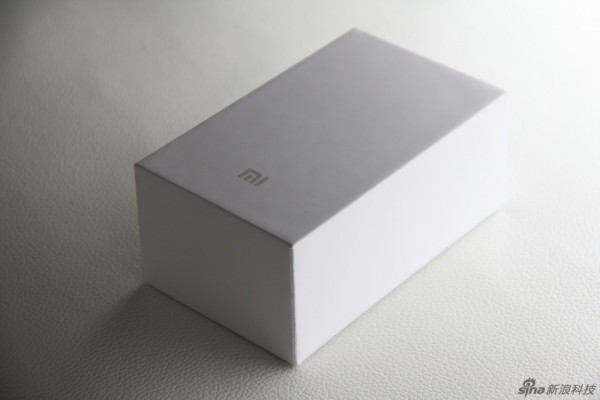Early radio technology developed very rapidly. In 1888, Hertz discovered electromagnetic waves and produced an electromagnetic ring that detects electromagnetic waves. The electromagnetic ring can detect electromagnetic waves at a distance of 10 m. In 1890, French physicist Branley invented the "metal end detector." "(See Figure 1), the detection distance of the electromagnetic wave is increased to 140m; in 1894, based on the above results, Marconi successfully produced a radio remote control device that successfully activated the bell at a long distance (see Figure 2). Of course, Marconi's The goal is not to remotely control the bell, but to realize his dream of "wirelessly" transmitting and receiving telegrams. Two years later, he further improved the remote control device and replaced the bell with the Morse telegram to produce the world's first radiotelegraph. machine.


The emergence and rapid development of radio newspapers greatly stimulated the development of radio and radio technology. After 20 years, radios began to enter the family. The history of radios has been more than a hundred years. Although short-lived, the impact is far-reaching, political, economic, Culture and military are involved. In social life, radio is closely related to people. Therefore, reviewing the history of radio development is a very interesting and interesting thing. This article attempts to express popular text and novelty. Perspective, based on the real thing, combined with relevant literature, to introduce some of the history of radio.
The metal end detector is also called the metal chip detector. At the beginning of the 20th century, it was translated into "sticker" and "coagulator" by the Chinese. The invention and improvement of the metal detector have made the radio signal reception into a practical stage. Therefore, it plays a pivotal role in the history of radio development.

In 1888, the German physicist Hertz proved the existence of electromagnetic waves by the famous electric discharge discharge experiment. After that, the rapid development of the radio paved the way. After the discovery of electromagnetic waves, people's greatest wish is to use it to realize long-distance wireless communication. This requires finding a method for generating electromagnetic waves, detecting electromagnetic waves, and using them. Hertz's tool for detecting electromagnetic waves is an electromagnetic ring with low sensitivity and a receiving distance of no more than 10 m. In 1890, French physicist Branley was doing Hertzian experiments. In the middle, the "iron filing effect" was discovered: when electromagnetic waves appeared near the glass tube with metal ends, the originally loose, non-conductive metal ends would stick to each other and coalesce into a conductor, thus inventing the "metal end detector". ", the electromagnetic wave detection distance increased to 140m.

After the metal detector is powered off, it will still stick for a long time. It needs external force to vibrate before it can be reset. Therefore, it is not possible to use electromagnetic waves to remotely control other equipment. Branley has improved the metal detector to design a bell-like principle. The mechanism, when the detector is turned on, the metal hammer can automatically strike the glass tube, so that the metal end is instantly restored. The improved metal end detector has a wider practical value. Marconi in Branley The silver powder and nickel powder were added to the detector, and then vacuumed to make it more sensitive and stable. A highly sensitive radio receiver was made. In 1894, the electric bell was used to control the bell. In 1896, the human history was created. A radiotelegraph machine.
The working principle of the metal end detector assembly is roughly that when the transmitter button is turned on, electromagnetic waves are generated and emitted, and the receiving antenna enters the metal end detector through the receiving machine, and the metal powder in the detector immediately becomes a conductor and becomes a conductor. The power supply of the relay coil is connected in series, the contact of the relay is closed, and another set of power is connected to trigger the operation of the electric bell or the Morse telegraph machine. While the relay contact is closed, the small hammer strikes the metal end detector to make it The nickel powder is detached from the adhesion and is not electrically conductive; if the electric wave is continuously sent, the detector is knocked, the metal is not separated at the end, and the electricity is still conductive. When the transmitter button is lifted, the electromagnetic wave is interrupted, and the receiver relay is reset. The bell or Morse telegraph stopped working. The above process is completely synchronized with the Morse telegraph machine.
TTI Fiber Communication Tech. Co., Ltd. , http://www.gdfiberoptic.com